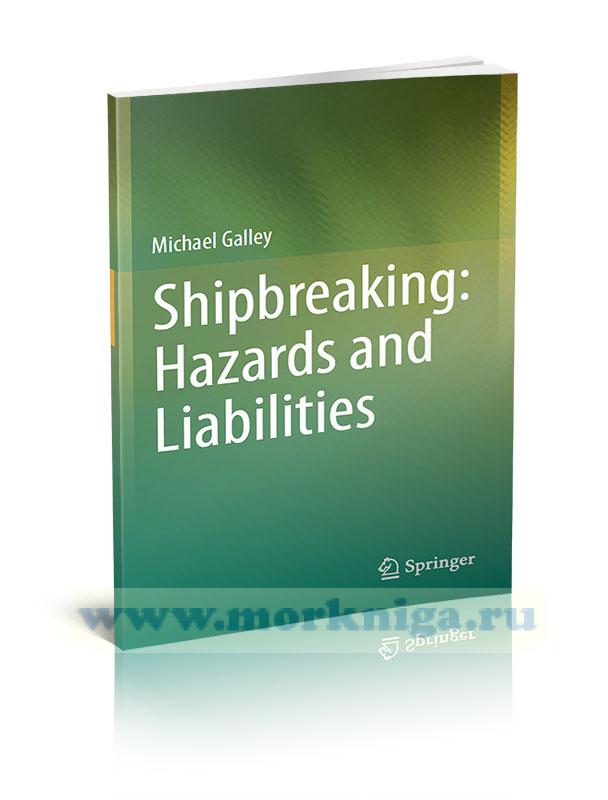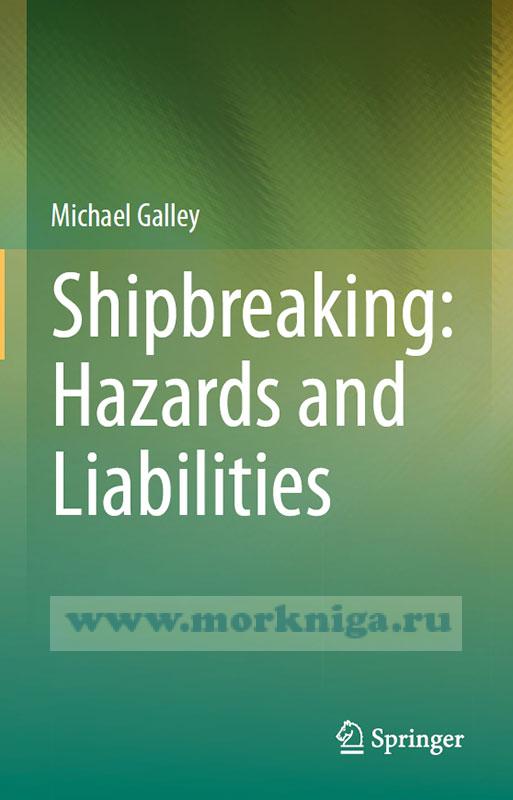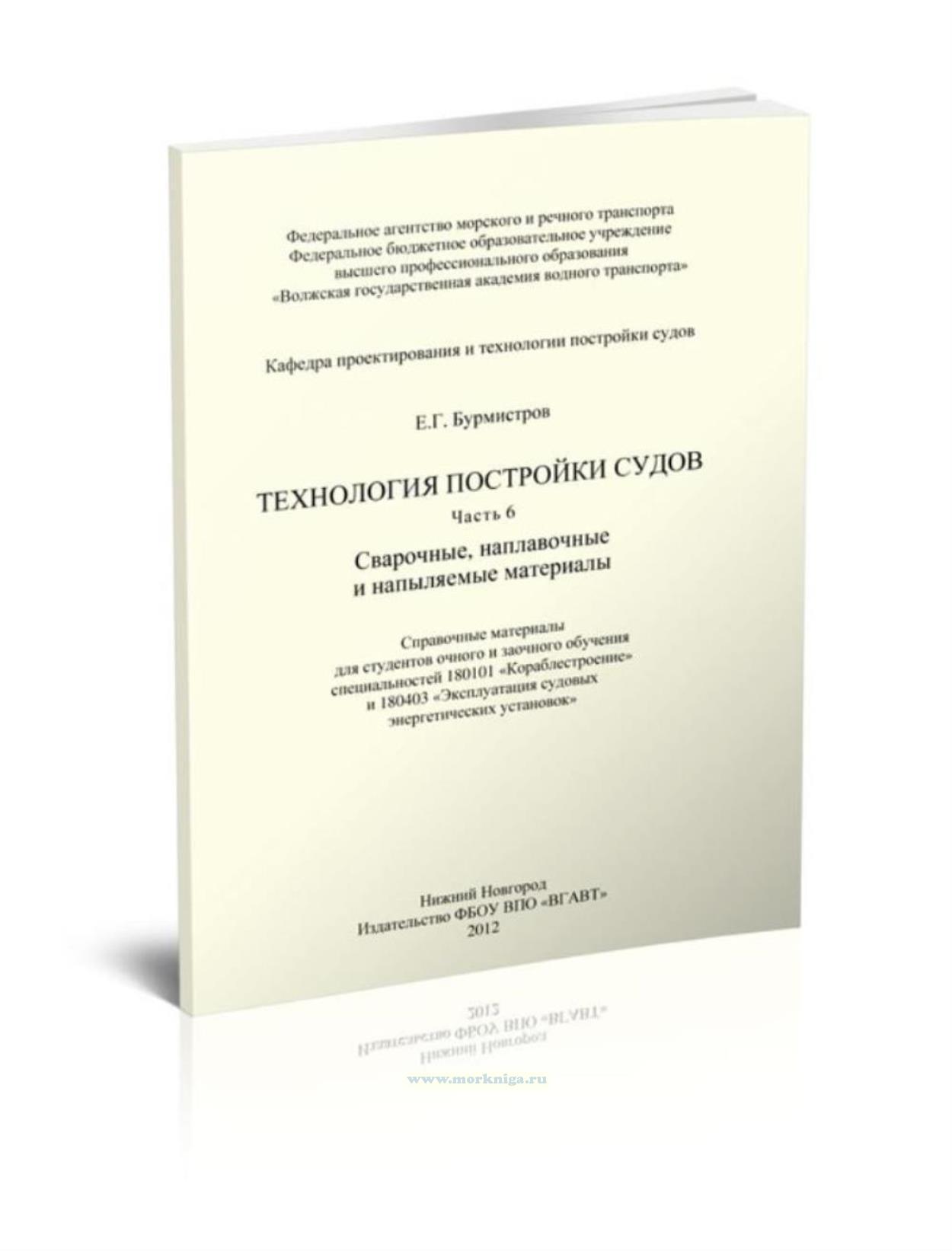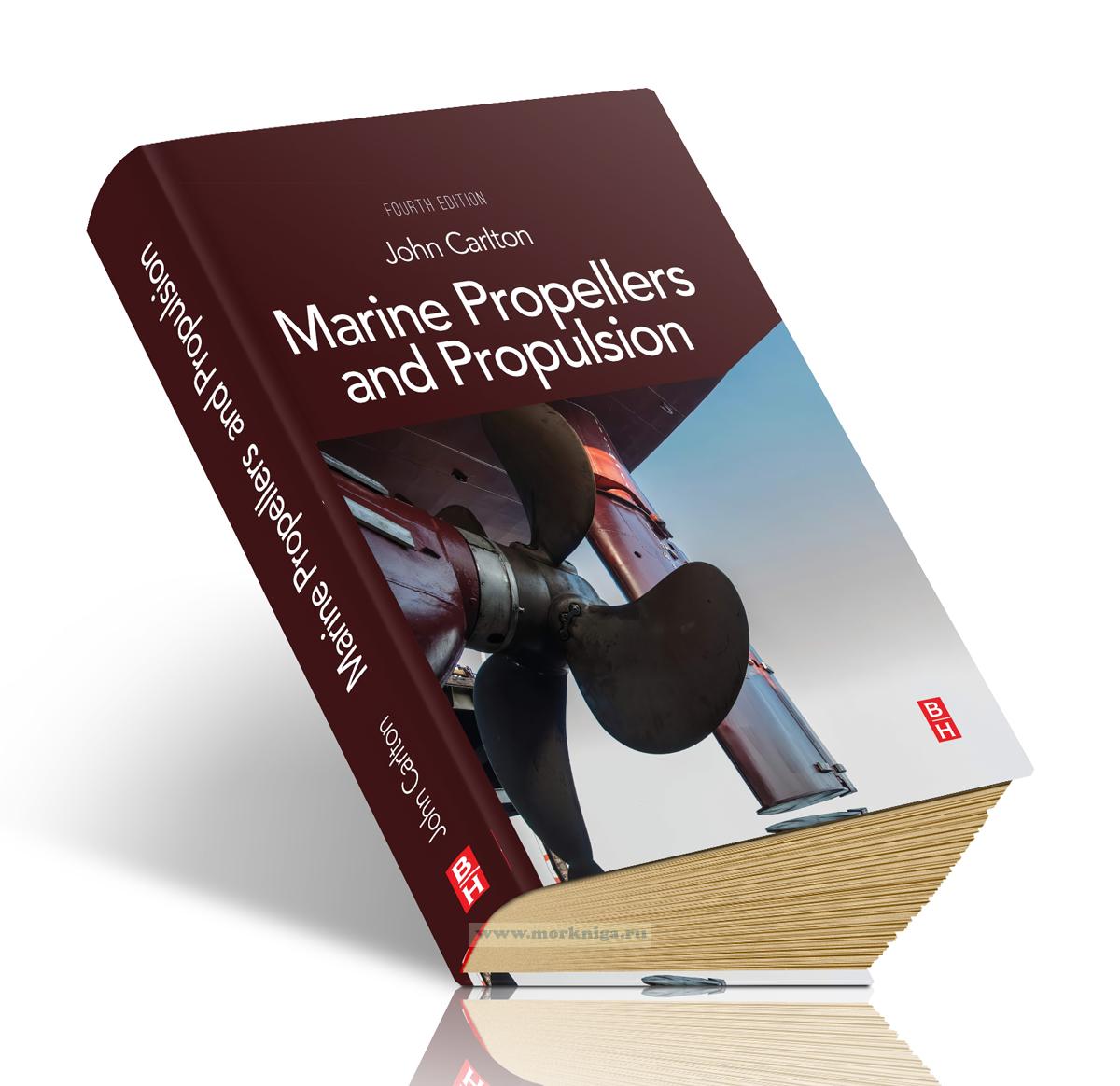Shipbreaking: Hazards and Liabilities/Утилизация судов: опасности и обязательства
Издание на английском языке
The risks and hazards involved in the demolition of ships are manifold, and include fires and explosions, falling from heights, being crushed by falling objects, etc. The focus here, however, is on the dangers arising from the release and handling of hazardous materials found onboard ships and the damage that they cause to the health of both humans and the environment. The aim of this work, which was originally the subject of a PhD research thesis, is to examine and to apportion liabilities of shipowners and shipbreakers for the safe removal of these hazardous materials from end-of-life ships under any relevant legal instruments. In addressing the subject, it considers a number of objectives, which relate to the various chapters beginning with a review of the history, locations and processes of the shipbreaking industry (Chap. 1). It follows with the role and mechanics of international law, especially with regard to dispute resolution, national sovereignty and the role played by Non-Government Organizations (NGOs) and the International Maritime Organization (IMO) in the formulation of law, and the extent to which existing national and international legislation has to date impacted upon the operation of the major shipbreaking industries (Chap. 2); particular attention is paid to the handling and transboundary movement of hazardous waste, including the contested applicability of the Basel Convention to end-of-life ships. Next, the extent applicability and application of existing legal instruments are examined from an international, regional (European) and national viewpoint (Chap. 3). The question of ship registration, particularly with regard to certain ‘open’ registers, is examined to determine the extent to which these might aid - and in a number of instances, positively encourage - anonymity of ownership and hence of liability (Chap. 4).
The role of NGOs and the prompting of judgements from various national courts with regard to the application of international law are examined in a series of case studies where attempts (often successful) have been made by shipowners or shipbreakers to circumvent existing legal provisions (Chap. 5). Finally, it looks at the provisions of the new Hong Kong Convention and certain perceived lacunae (Chap. 6), and at a number of other initiatives, both legal and commercial that have arisen to either promote the coming into force of the Convention or to operate independently, but in parallel with its provisions (Chap. 7). The extent to which these issues have been considered is summarised in the various sections of the final chapter (Chap. 8).
Contents
1 Industry Development and the Process of Disposal
1.1 Background
1.2 Ship Disposal
1.3 Historical Locations
1.4 Current Major Operations
References
2 The Role and Application of International Law
2.1 Sources of Public International Law
2.2 International Law and Sustainable Development
2.3 Sovereignty, Compliance and Dispute Resolution
2.4 The Role of NGOs in Law Making
2.5 The Role of the IMO in International Law
References
3 Legislation
3.1 Hazardous Materials
3.2 International Legislation
3.3 Regional Legislation
3.4 National Legislation and Practices
3.5 Shipbreaking Guidelines
References
4 Ship Registration, Owner Anonymity and Sub-standard Shipping
4.1 Introduction
4.2 Closed, Open and Second Registers
4.3 Promoting Anonymity
4.4 Sub-standard Shipping
4.5 Attempts at Revision
References
5 Case Studies and Legal Judgements
5.1 Sandrien 2000
5.2 Sea Beirut 2002
5.3 Kong Frederik IX/Frederik/Riky/Ricky 2005
5.4 Le Cle?menceau/Q790 2003–2009
5.5 Norway/Blue Lady 2005–2007
5.6 Ben Ansar/Beni/Aqaba Express/Al Arabia 2007
5.7 Otapan 2006–2008
5.8 Oceanic/Platinum II 2008–2010
5.9 Onyx/Kaptain Boris 2009–2010
5.10 Margaret Hill/Chill 2010
5.11 Exxon Valdez/Oriental Nicety 2012
5.12 Others
5.13 Summary Comment
References
6 The Hong Kong Convention 2009
6.1 Background to the Convention
6.2 Structure of the Hong Kong Convention
6.3 Introduction of the Convention (and Amendments)
6.4 Lacunae
6.5 Equivalence with Basel
6.6 Interim and Preparatory Measures
References
7 Other Initiatives
7.1 The EU Response
7.2 Other Commercial Initiatives
References
8 Conclusions
8.1 The Role and Provisions of International Law
8.2 Effectiveness of Legal Instruments
8.3 Registration, Anonymity and Liability
8.4 The Case Studies
8.5 The Hong Kong Convention
8.6 Quo Vadis?
8.7 Postscript
References
Appendix: Primary Hazardous Materials and Their Properties


 Комплексное использование водных объектов: учебное пособие
Комплексное использование водных объектов: учебное пособие  Технология постройки судов. Часть 6. Сварочные, наплавочные и напыляемые материалы
Технология постройки судов. Часть 6. Сварочные, наплавочные и напыляемые материалы  Marine Propellers and Propulsion Судовые винты и пропульсивные комплексы
Marine Propellers and Propulsion Судовые винты и пропульсивные комплексы